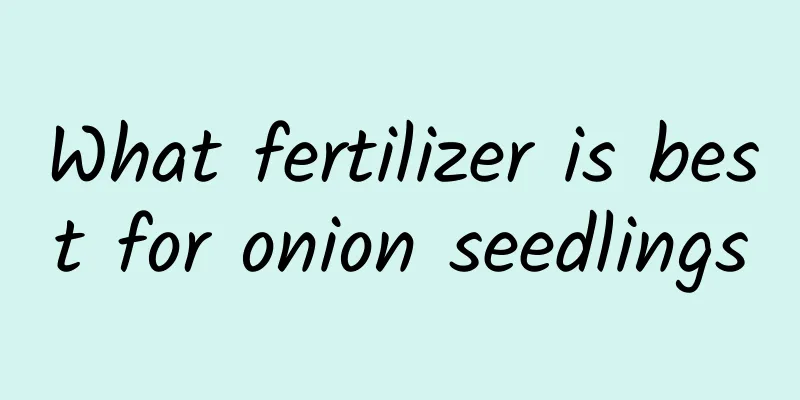The Flower Language and Legend of Daphne odora

Flower language of Daphne odoraIts flower language is auspiciousness and luck. Perhaps it is because it blooms around the Spring Festival and people are happy to give it as gifts to relatives and friends that it is given this beautiful meaning. What is Daphne odoraAlthough it is a bit redundant to let everyone know about Osmanthus fragrans now, it is still necessary for the editor to have a systematic understanding of Osmanthus fragrans. Osmanthus fragrans is a traditional famous flower and also a world famous flower. It is revered as one of the three treasures of gardening along with Catharanthus roseus, Clivia and Japanese white pine. The leaves of Osmanthus fragrans are smooth and thick, dark green on the surface, light green on the back, golden yellow on the edges, and thick petioles. The flowers are gradient in color, light purple on the outside and red on the inside, from light to dark. The legend of Daphne odoraAccording to legend, there was an old monk in Mount Lushan who was sitting on a stone bench behind the temple in a trance. In the haze, he smelled a strange fragrance. He stood up happily and searched among the fragrant grasses around him. He found a plant with a strong fragrance. Later, it was transplanted into a pot and placed before the Buddha, and named Sleeping Fragrance. Soon the Spring Festival arrived, and the fragrance of the flower was still very strong. More and more people came to the temple to worship Buddha. The people around were amazed and thought it was a gift from the Buddha, so they changed the name to Daphne odora. After that, more and more people collected this plant. After family cultivation and domestication, many varieties of Daphne odora appeared, and gradually the golden-edged Daphne odora was selected. |
<<: The value of summer violet
>>: What are the benefits of growing Osmanthus fragrans at home?
Recommend
The difference between dahlia and dahlia
Plant appearance Dahlia Also known as dahlia, Ind...
When is the best time to plant cabbage?
Planting cabbage in autumn is a traditional pract...
Keeping a pot of it in your bedroom will help you sleep soundly without suffering from insomnia, and it can also help to kill bacteria and disinfect your body!
Grow a pot of Kalanchoe and it will absorb all th...
What are the varieties of blueberries?
Cultivated varieties Highbush Blueberry Highbush ...
Do mountain turtles prefer shade or sun?
Do mountain turtles prefer shade or sun? Mountain...
Are diamonds and jade poisonous?
1. Is it toxic? Diamond Jade is non-toxic. Even i...
Making of Wintersweet Bonsai
Step 1: Choose the right plant It is usually chos...
Can banyan trees be transplanted in winter? Can banyan trees survive if planted in winter?
Can banyan trees be transplanted in winter? Banya...
How many days after repotting can I fertilize my baby's breath? What should I do if the leaves turn yellow after repotting?
1. How many days can you apply fertilizer? After ...
Can irises be cultivated hydroponically? How to cultivate irises hydroponically?
Can irises be grown hydroponically? Iris can be g...
When is the right time to propagate Kalanchoe by cuttings (Kanchoe propagation methods and steps)
Theoretically, as long as the temperature is suit...
Cultivation methods and precautions of Cape primrose
How to grow Cape primrose Pot soil selection Cape...
How to fertilize the rich tree so that the leaves will be thick and green!
Fertilization cycle I believe everyone knows that...
How many years can I grow colored calla lilies? Do they like sunlight?
1. Do you like sunshine? Colored calla lily likes...
How to water the succulent jade plant and how often to water it
Overview of watering succulent jade plants When r...









